Art Exhibit Tributes Québec Architect, Louis Jean-Baptiste Bourgeois
On the current site of Hollywood Boulevard in Los Angeles once stood the home of the artist Paul de Longpré. Designed by Longpré’s son-in-law; architect Louis Jean-Baptiste Bourgeois, the house was located on a three-acre lot with a rose garden visited by 20,000 people a year.

That was in 1901 and the house was Hollywood’s first tourist destination. It was the village of Hollywood and not the city of Los Angeles. The land was given to Paul de Longpré by the founder of the village, Daeida Wilcox Beveridge, to encourage him to set up his studio, bringing culture and prestige to the fledgling village. Paul de Longpré was a fashionable artist and French immigrant who arrived in American in 1890 and relocated to California in 1899. Author Nancy C Hall’s biography “The Life & Art of Paul de Longpré” is an excellent account of his life and career. His floral still lifes had become popular and his marketing plan was to have a botanical garden with his house and studio open to the public. The gardens became so popular that the inter-city railroad built an extension and station to accommodate the public. The film industry also established itself in the village and the Longpré home and studio experienced hyper property evaluation That rising real estate appraisal was to become the same malignant cancer that often threatens historical landmarks. By 1927, the demand for the land uprooted the roses and cracked the foundations of the house. Bourgeois and de Longpré’s dream home and garden were demolished to allow for commercial development. Most of Bourgeois’s architectural designs suffered the same fate, except for one which became an eternal shrine.
Quebec artist, L’OR visited the Bahai Temple in Wilmette, Illinois in 2017. She was impressed by the garden and captivated by the Temple’s design. She would later learn that the architect was Louis Jean-Baptiste Bourgeois. Unfortunate circumstances often present opportunities. In this case, the planned Chicago 2020 return exhibition of L’OR was postponed because of the Covid 19 pandemic. All of L’OR’s American exhibits explore French and Québecois influence on American culture. The postponed exhibition “Réflections” was to pay tribute to architect, Phyllis Lambert, who worked in Chicago and Montreal, L’OR, taking advantage of the postponement, looked for another architect who had a career in both Québec Province and Chicago. That’s when she discovered that Bourgeois had also designed several cathedrals in the Mauricie region of Québec. Knowing that the Society of Architectural Historians had scheduled its annual meeting in Montreal for April 2021 and learning that 2021 marked the centennial anniversary of the beginning construction of Bahai Temple, she further researched Bourgeois’s career. She chose three buildings he designed at different stages of his career to augment the exhibit. The Assumption Cathedral in Trois Rivières; Québec, the William Gilman House in Chicago, and the de Longpré home have been included in the exhibit.
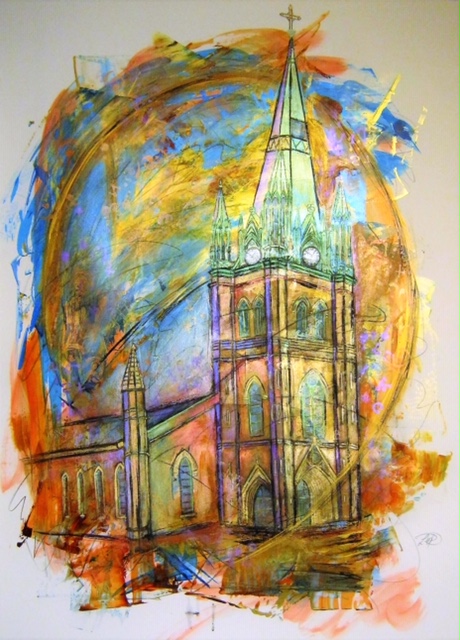
mixed madeia on Terraskin, 40 po x 30 po, 2020.
Photo Credit: L’OR Artiste
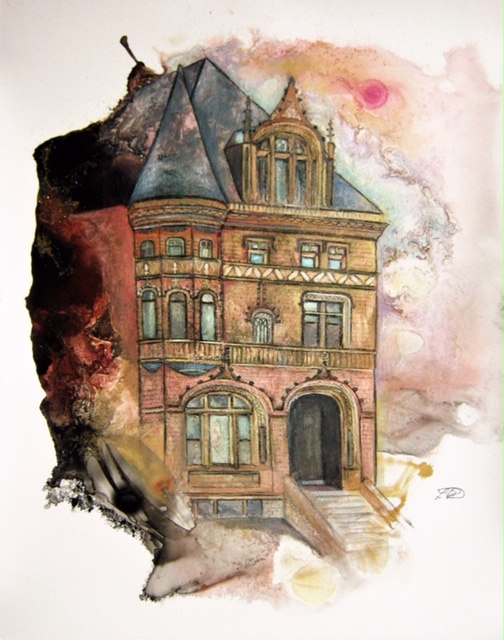
Photo Credit: L’OR Artiste

mixed media on Terraskin, 30 po x 40 po, August 2020.
Photo Credit: L’OR Artiste
William Gilman House, designed in 1888, is one of Bourgeois’s first projects in Chicago and the influence of Québec gothic designed churches is apparent. The William Gilman House is the only structure designed by Bourgeois during his first stay in Chicago (1884-1888) that is still standing today.
The trilogy of paintings of Bourgeois drawings will be unveiled to the Quebec public at “Réflections” before making the journey to Chicago’s 3rd. Coast Café and Gallery. Like all her urban scenes, L’OR’s work is interpretative and not meant to be architectural drawings. She captures in her urban scenes a dynamic that corresponds more to her primary passion, the human figure, and the spontaneity of motion. Her urban scenes also are portrayed as envisioned memories.
ACKNOWLEDMENT; Robert G. Hill and the «Biographical Dictionary of Architects in Canada 1800 – 1950»
http://www.dictionaryofarchitectsincanada.org/node/1172
Book review of Paul de Longpré’s biography that compliments the article about the art exhibit written by James Wise.
I discovered the work of Paul de Longpré, researching his son-in-law and architect, Louis Jean Baptiste Bourgeois. Bourgeois designed de Longpré’s Hollywood home in 1900 and would marry his daughter, Alice. Nancy C. Hall wrote the biography of de Longpré, « The Life and Art of Paul de Longpré» in 2001. The book offers little information about Bourgeois or Alice but does offer insight on the development of Los Angeles at the turn of the 20th century and in his forward, Jean Stern offers a detailed history of the turn of century Calfornia art community.
Paul de Longpré was a French-born painter who immigrated to America in 1890. His realistic still life paintings of flowers made him an en-vogue American artist and California art historians have adopted him as their own. Perhaps this identity of a Californian artist gave reason for the publisher, Irvine Museum of Irvine, Ca. to publish only in English. It was a limited collector’s edition and budget constraints precluded the French market.
Madame Hall’s work is a coffee-table book that reads like a James Michener’s novel. She explored French documents dating back to Napoleonic times. She tells of a de Longpré parents’ life in Lyon and the family’s relocation to Paris. Paul de Longpré experienced an impoverished childhood in Paris but would become a self-taught artist living on his commissions at the age of 12. He accumulated a comfortable fortune by age 21 but would see that lost in the Ferdinand de Lesseps’ Panama canal venture. His financial situation was eased by a commission in New York. His work was ideal for the chromolithography technology of the time and he gained fame in New York. It was because his watercolor paintings were so stylistically different from the old Masters’ dark moody oils, that he gained fame for a vibrant and different presentation.
Paul de Longpré’s Hollywood home was a cultural institution. Hollywood in 1900 was a village of several hundred in 1900 and he was induced to build there by the village founders. His home and adjoining gardens became a tourist attraction and catapulted de Longpré upward in California society. He would be befriended by Theodore Roosevelt and would compose music to honor the president. Nancy C. Hall, devoted herself to research to the extent that she hired a musician to play those compositions for her. The author reviewed over 400 documents and cited 347 footnotes in less than 60 pages of text. I urge readers to study her footnotes before reading the text of her essay. She calls her work an essay, I applaud Nancy C. Hall for writing a historical novel.
It is an irony of history that the failure of the first Panama Canal venture would cause de Longpré to relocate to and elevate in American society, giving the occasion to be befriended by the President who was responsible for the eventual successful construction of the canal.
Paul de Longpré became an American citizen in 1899 and as required by law he had to disavow his allegiance to France. While he surrendered his French citizenship he never lost his French identity. His Hollywood home displayed both the American and French flags. After his death in 1911, his wife and two of his children returned to France His brother, Raoul-Henry-Victor-Maurice Maucherat de Longpré had a parallel art career in France.
«The Life and Art of Paul de Longpré » is available at. University of California at Irvine Institute and Museum of California Art (IMCA), 18881 Von Karman Ave #100, Irvine, CA 92612, United States of America,
Phone: (949)476-0294
https://imca.uci.edu/
Header Photo Credit: L’OR Artiste



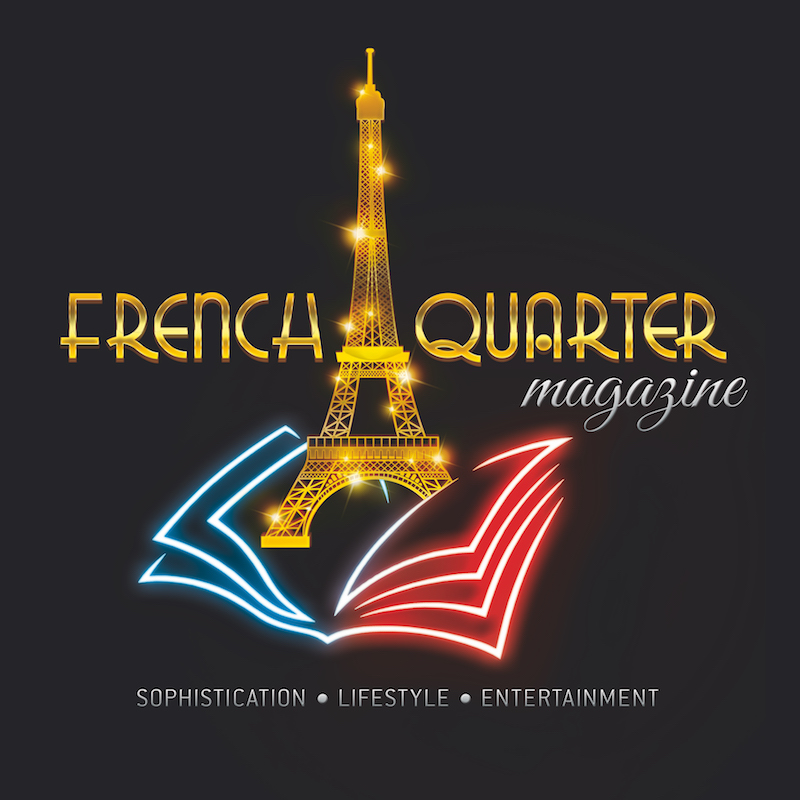






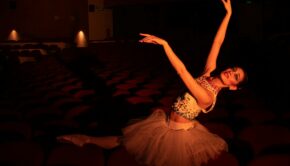




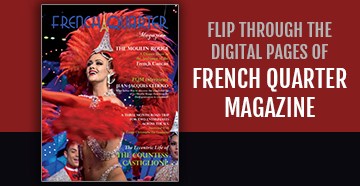

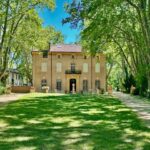



I cannot tell you how excited I am to get your book. I'm trying to write a story involving Reunion…